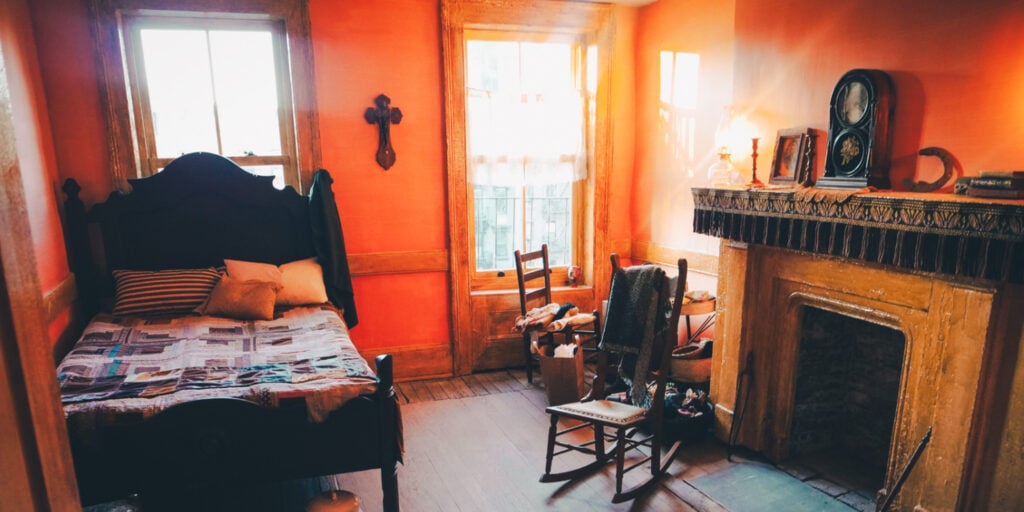Joseph Moore migrated to Lower Manhattan from the small town of Belvidere, New Jersey, while Rachel journeyed from a rural area of the Hudson Valley to establish roots in the Eighth Ward tenements. They were both born free, in the era when slavery was still legal in the United States. They arrived in the city at a time when Black New Yorkers had already established the largest free Black community in the North, with churches, newspapers, and community organizations; yet questions about safety and health in the city still prevailed.
Tenements like the one where the Moores lived were often overcrowded and too expensive, and together, Joseph and Rachel navigated a city and neighborhood that presented both challenges and possibilities. They shared their tenement apartment with Rachel’s step-daughter Jane, and two boarders (roommates), Irish immigrant Rose Brown and Rose’s 14-year old biracial son, Louis Munday. “A Union of Hope: 1869” shows how inextricably the Moore family’s story is interwoven with the stories of their Irish neighbors.
The story of Joseph and Rachel Moore also illuminates Black experiences during a transformative era in American history. In the years during and after the Civil War, Black Americans and their allies pushed for what became the most dramatic political change in the nation: the Reconstruction Amendments, which abolished slavery, instated birthright citizenship, and granted the right to vote for Black men. How did the 8th Ward celebrate and move forward from these changes, and how do their conversations help us understand conversations about race, identity, and history today?
